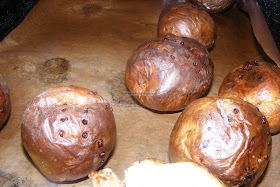Carrot Rice
Usually variety rice are my time saver and energy saver. My husband even finds it easier to serve and eat it especially when we are in a rush. This rice was really made on the fly as I just wanted to do something different from the lime rice that I had planned. I had made the rice in the cooker early in the morning thinking we will use it for lunch but ending up coming home just for dinner. This recipe is not miles away from the lime rice recipe you can find on my blog. However it has its subtle differences that make it taste distinct. Here is a confession, this recipe is based on a dish that my husband made over a year ago. Not surprisingly, he liked this rice.
½ teaspoon roasted fenugreek powder
Turmeric powder
Asafoetida
1 bunch of spring onion (salad onion), chopped
2 large carrots, grated
1 teaspoon sambar powder
Mustard seeds
Salt to taste
Coriander leaves for garnish
1 cup rice, cooked such that grains are separate and not mushy
Juice of one lime (optional)
Heat some oil in a skillet and add the mustard seeds. Once it splutters add asafoetida, fenugreek powder, turmeric powder and spring onions.
Once the onions appear almost done, add the carrots, salt and sambar powder. I usually prefer not to cook the carrots for long as it is healthy to have it a bit raw. Just cook until the raw smell from sambar powder goes away.
Mix the rice. Squeeze lime juice if desired and garnish with coriander leaves
Serve with a raita or even a nice gravy.






















































